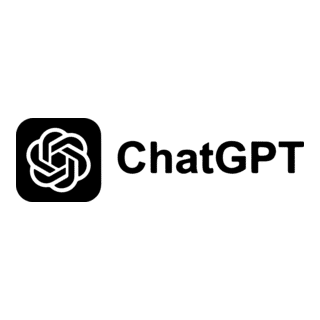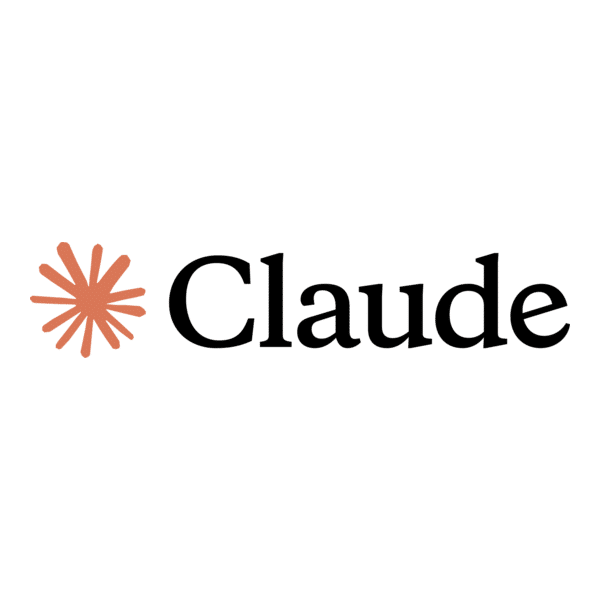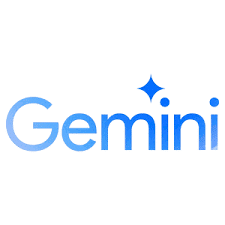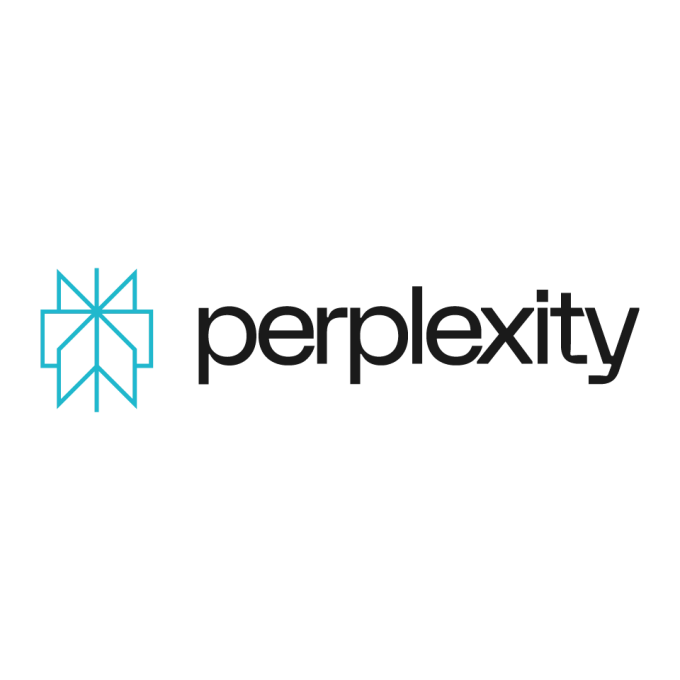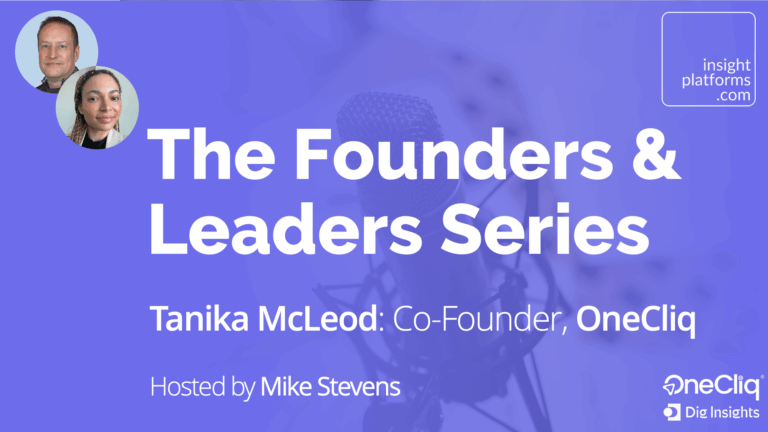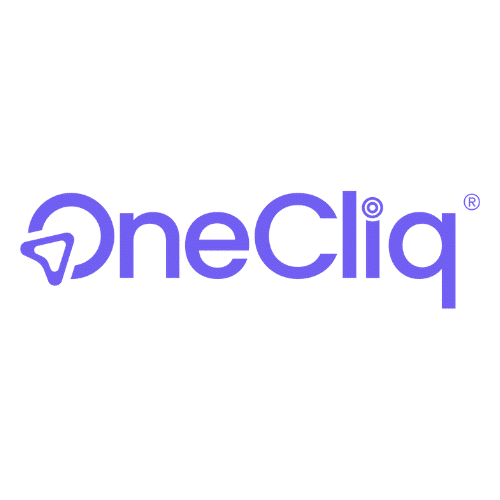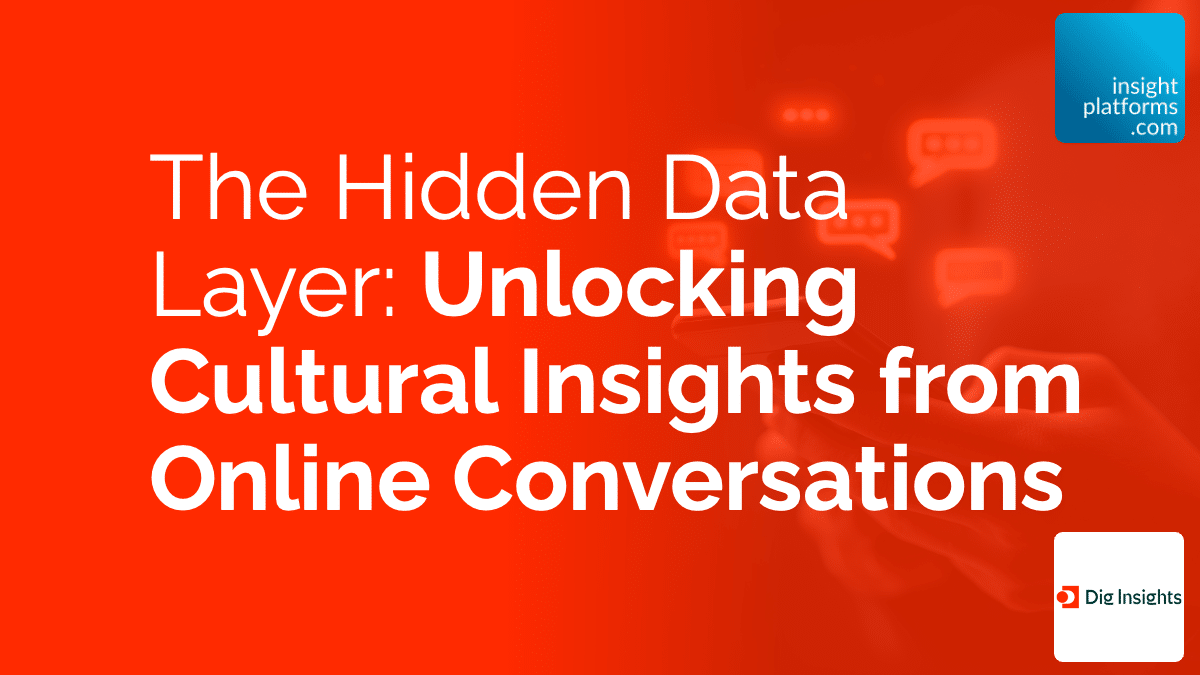
The Hidden Data Layer: Unlocking Cultural Insights from Online Conversations
By Dig Insights
- article
- AI
- Artificial Intelligence
- Social Media Listening/Intelligence
- Online Qualitative
- Qualitative Research
When I tell people that OneCliq analyses online conversations to provide cultural insights, I often get puzzled looks. “Isn’t that just social listening?” they ask. Or “How is that different from what we’re already doing with surveys and focus groups?”. The answer is that we’re talking about accessing a completely new layer of data that was previously inaccessible – and it’s transforming how we understand consumer behaviour by adding cultural context.
Let me explain what I mean by this hidden data layer and why it matters so much for researchers today.
This article covers part of the The Founders & Leaders Series podcast episode 3. Listen to the full episode here:
Episode 3: Tanika McLeod, Co-Founder, OneCliq (Dig Insights)
The Data We’ve Been Missing
For years, we’ve been limited by a fundamental trade-off in research. With surveys, we get scale – those larger sample sizes that give us confidence in our findings. But the insights tend to be shallow. We can’t really get deep with that method. With interviews and focus groups, we can go deep, but the sample sizes are small, so the insights aren’t necessarily generalisable.
Online conversations give us something we’ve never had before: the ability to go deep at scale. We’re talking about analysing hundreds, sometimes tens of thousands of conversations, depending on how popular the topic is. But unlike survey responses, these conversations are rich, detailed, and authentic. People are expressing themselves naturally, not responding to our predetermined questions.
Why This Data Layer Matters Now
There’s a key benefit that researchers are just beginning to understand: this data layer provides us with more culturally relevant insights than we could obtain from traditional methods, especially since younger generations aren’t actively participating in those methods today. They’re more comfortable expressing themselves online.
Think about it from a practical standpoint. If you’re a research team supporting a CPG client or working in sports and entertainment – which is where we’re primarily focused – or really any area that people talk about online, you can come in and give an entirely new kind of perspective. You’re adding an extra layer of intelligence and strategy to your offering that was previously impossible.
The Authenticity Factor
What makes online conversations so valuable is their authenticity. When someone posts on Reddit about their experience with a product, or comments on TikTok about a brand partnership, or discusses their feelings about an event on X, they’re not performing for a researcher. They’re not trying to give the “right” answer or avoid hurting anyone’s feelings.
This authenticity gives us access to insights that might never surface in a traditional focus group setting. People can sometimes be very rich in their descriptions online, and that can be really helpful for our analysis. They’ll share frustrations, excitement, detailed experiences, and cultural context that might take hours to extract in a traditional interview – if it comes out at all.
Beyond Traditional Social Listening
Now, I want to be clear about how this differs from traditional social listening tools, which we’re sometimes compared to. Most social listening platforms are excellent at tracking key metrics – hashtags, engagement, and mentions. They’ll classify comments by sentiment using machine learning, giving you positive, negative, and neutral scores. But they won’t really tell you the topics or the emotions with a deep understanding.
That’s because traditional machine learning uses supervised classification. We know the labels in advance – positive, negative, neutral for sentiment. We can train a model on what those look like. However, for topics and emotions, there’s no way to predict what those labels will be, because the topics and emotions expressed about politics are likely to be entirely different from those expressed about sports, products, people, and events.
What we’ve designed is a system that can perform unsupervised classification – we don’t know the labels within that category, but we can still identify patterns organically across unstructured text and develop a method to code, cluster, and aggregate those insights. We’ve built a cultural context engine that can decode emotion at scale, in minutes.
The Cultural Context Advantage
This approach helps us understand not just what people are saying, but why they feel a certain way. And that’s really important for understanding things like brand partnerships, product launches, or cultural moments.
For example, we’ve been examining sports recently and understanding what types of brand partnerships work well and which ones don’t, and why. When you can analyse thousands of conversations about a sponsorship deal, you start to see patterns that go way beyond whether people liked or disliked it. You understand the cultural context, the specific elements that resonated or fell flat, and the underlying values and beliefs that drove those reactions.
Practical Applications
How are people actually using this data layer? I’ve been pleasantly surprised to see that researchers use the platform in ways we never really imagined.
Sometimes the first step is market research. Maybe your client is looking at a product category that you have no understanding of, and you want to understand who the players are, what people like and dislike about them, and what are the key challenges, questions or conversations happening in that space.
This can also be a precursor to more traditional methods. Before you do interviews, focus groups, and surveys, you need to know what good questions to ask. Online conversation analysis can be a great way to start – understanding the language people use, the issues they care about, and the context that matters to them.
You can also conduct competitor research to understand how people feel about different products and brands, which can help you differentiate or enter a space more effectively.
The Limitations We Need to Acknowledge
But every method has limitations. Online conversations aren’t entirely generalisable to the full population. The people who participate in online conversations may not represent everyone. Certain demographics, viewpoints, and experiences might be over- or under-represented.
However, what I’d argue is that this data layer provides us with access to insights that we simply couldn’t obtain any other way. It’s not about replacing traditional methods – it’s about adding a new dimension to our research toolkit.
Getting Started
The beauty of this approach is that it’s becoming increasingly accessible. Online conversations are readily available, whereas interviews and focus groups require significant setup time and resources. The conversations are already happening – we’re just getting better at analysing them systematically.
For research teams, this represents an opportunity to expand your capabilities and offer clients insights they can’t get anywhere else. You’re tapping into authentic, large-scale qualitative data that reveals cultural context and emotional drivers in ways that traditional methods often miss.
This article covers part of the The Founders & Leaders Series podcast episode 3. Listen to the full episode here:

